The mission: a permanent acquisition worthy of the 100th anniversary of the Huntington Library, Art Collections and Botanical Gardens in San Marino.
The addition had to be unique, preferably the work of a noted craftsman. It had to be colorful and sturdy — strong enough to withstand the elements, yet welcoming and warm.
And it had to smell good.
The acquisition, as it turns out, was a rose, the newest of the 1,262 varieties in the Huntington’s legendary rose garden. The ruffled flowers start as a creamy yellow, changing to violet-pink as they mature. The floribunda’s heady fragrance is described by its creator as “intense lemon with just a hint of baby powder.”
The rose has attracted visitors and ignited gardeners. At the Huntington’s annual spring plant sale, the potted plants sold out in minutes, setting a record.
But accolades, however welcome, can’t begin to acknowledge the work — 10 years — skill and passion that resulted in the ‘Huntington’s 100th’ rose. The blooms that have inspired excitement among local rosarians have a back story known only to a few. It’s the story of a love-struck boy who decided on his future when he was 5 — and made it come true.
On a chilly February afternoon, Tom Carruth, a longtime rose breeder and the curator of the Huntington’s rose garden, was lying in the dirt, dodging thick thorns as he angled to cut a dead branch and simultaneously provide a pruning tutorial to a half-dozen attentive volunteers.
“I call them his little harem,” says Maxine Gilliam, who spent more than 20 years assisting Carruth in his rose-breeding work before she retired. “They dote on every word he says.”
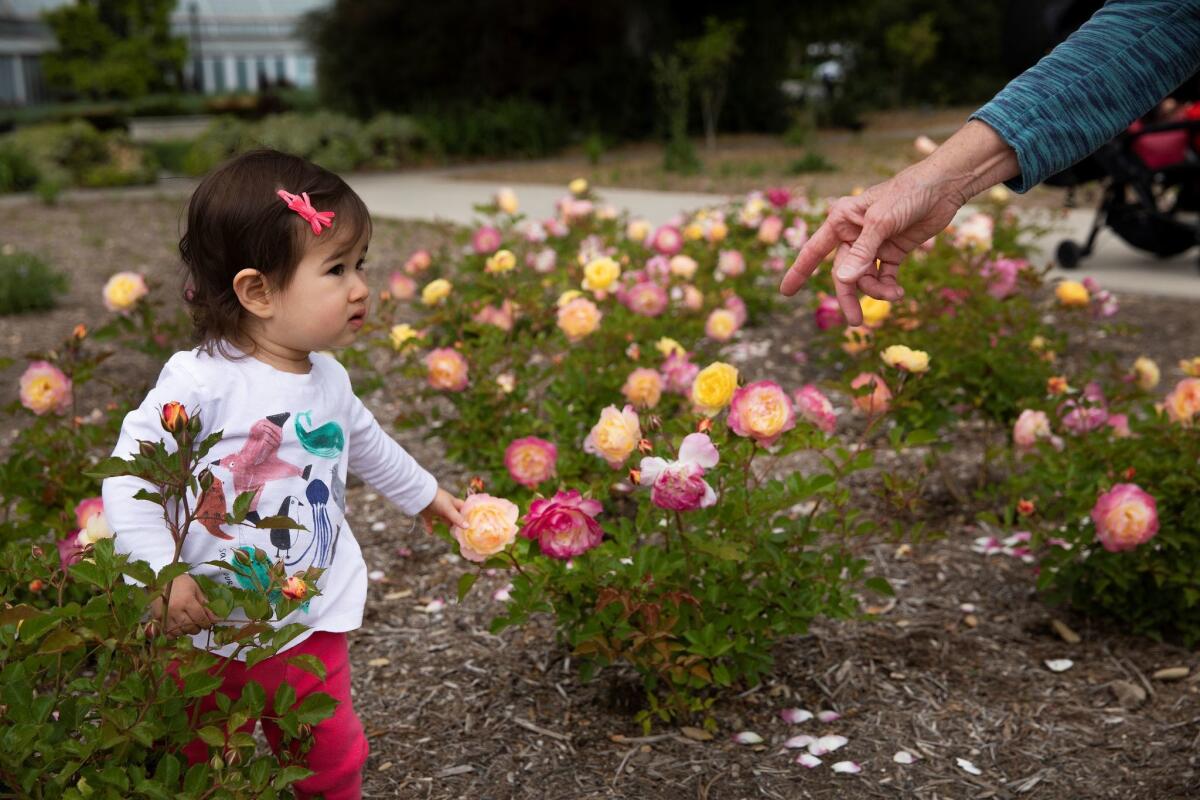
Carruth’s reputation extends far beyond admiring volunteers. “He’s kind of a god,” said Howard Feltham, who is president of the South Coast Rose Society on the Palos Verdes Peninsula and drives all over Southern California to catch one of the many presentations Carruth gives each month at gardening clubs and other gatherings.
Four months ago, the plants in the Huntington rose garden were just scary-looking sticks poking out of the muddy ground, but Carruth knew each rose by its name — ‘Peachblow,’ ‘Tally Ho,’ ‘Lavender Pinocchio’ — and he could tell you, without hesitation, what each would look like when it blooms and something about its history.
Carruth, 67, has been rose-centric for a very long time, ever since he was a kindergartner in the Texas Panhandle town of Pampa, entranced by a pale purple rose called ‘Sterling Silver.’
“When the flowers opened, I would sit on the steps, stick my nose in them and just look at them.”
— Tom Carruth, reflecting on seeing pale purple roses as a kindergartner
“I still have a memory of when I first saw it, near the steps to the front door of my mom’s best friend, Elma,” he said. “When the flowers opened, I would sit on the steps, stick my nose in them and just look at them. The color was so interesting … that lavender color.”
It was around that time, he said, that he decided on a career. “I told my parents I wanted to work with flowers — which blew my dad’s mind. He thought I could only be a florist, which wasn’t the most manly of professions.”
Carruth did not become a florist. The boy who liked the pale purple rose grew up to be a plant scientist who has won the All-America Rose Selections prize — the top honor for new roses —11 times. It’s a big deal in the rose world, but Carruth never mentions it.
Roses were growing wild throughout the Northern Hemisphere long before humans were there to sniff them. The oldest rose fossil on record — 35 million years old — was found in Teller County, Colo.
Confucius wrote of growing roses in the imperial gardens about 500 B.C, and some 500 years later Roman peasants were forced to grow roses instead of food to satisfy the aristocracy’s need for rose petal “confetti.”
Behind the story: She was reporting on roses — and discovered her green thumb »
For many of us, roses still reign as the queen of flowers. Want proof? Just think of the endless display of roses at grocery stores, florists and street corners on Valentine’s Day. If you ask 100 people to name a flower, “99 would name roses,” says David Trinklein, an associate professor of horticulture at the University of Missouri and the author of “Rose: A Brief History.”
Roses, he says, have “become synonymous with love and beauty and fragility.”
The enthusiasts who jammed the Huntington rose garden in mid-April seemed to feel that way. The plants had started to open, and as the visitors stopped to smell the blossoms, many seemed to be swept up in the wonder of it all.
But admiration doesn’t necessarily translate into sales. Americans just aren’t buying roses the way they did in the glory years of the 1960s and ’70s.
When sales began declining in the 1980s, roses had already started to develop a reputation as prima donna plants that required regular pruning, spraying, feeding and dead-heading — the removal of spent blooms — to produce more flowers.

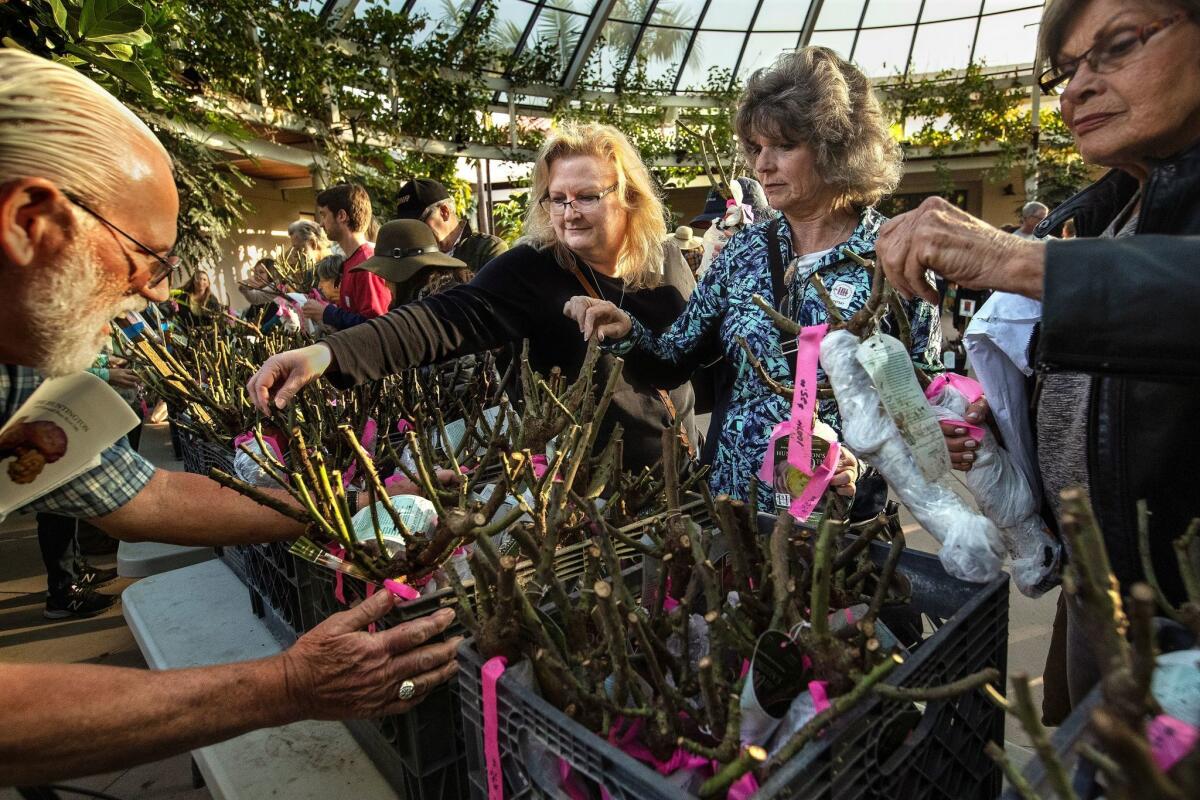
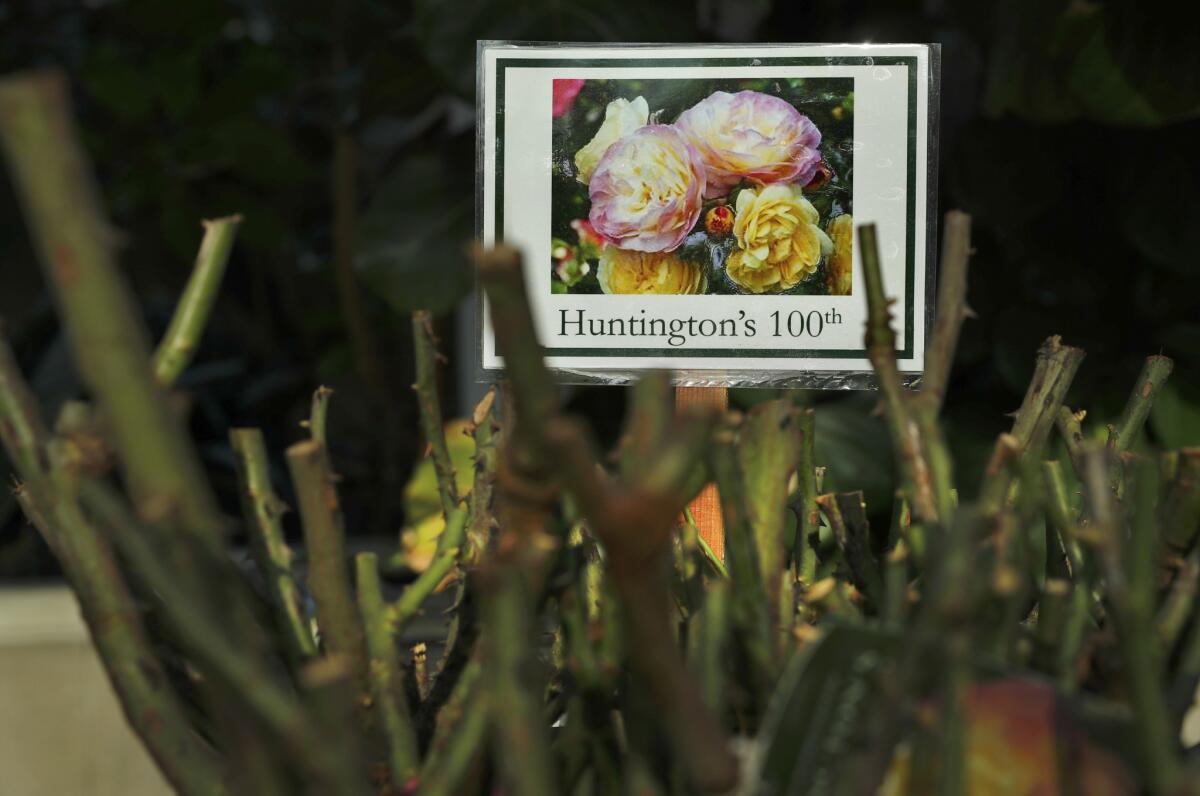
Two-income families don’t have time to garden like that anymore, said American Rose Society President Bob Martin, a tax attorney who, with his wife, Dona, cares for 550 roses around their Escondido home. Membership in the national organization has dropped from about 25,000 in 1970 to 7,500 today, and it’s “heavily weighted now to older, retired people,” he said. “Young people typically love roses; they just don’t have the time or place to grow them.”
Carruth believes Americans have lost their interest in gardening. “They want their yards to look nice,” he said, “but they don’t want to do the work.”
As for those countless bouquets of cut roses that appear before Feb. 14 or Mother’s Day — today most of them are grown in South America.
When Carruth was 11, his parents gave him a small patch in the backyard to grow roses, which he paid for by selling packets of Burpee vegetable seeds door to door. He longed to buy the deeply fragrant ‘Mr. Lincoln,’ that year’s velvety red, All-America Rose Selections prize winner. But ‘Mr. Lincoln’ would have required most of his cash. So he settled for a back-of-the-catalog deal offering nine off-patent roses and a free ‘Peace’ rose to boot.
Neighbors and relatives taught him about pruning and preparing the soil and surrounding the roses with wire cages filled with leaves to protect the plants against the harsh north Texas winters.
Carruth continued to fine-tune his ambition as a teenager. He discovered plant breeding in junior high, when he chose to do a report on agricultural scientist and inventor George Washington Carver. But things began clicking in high school when he studied genetics in a biology class and met an amateur miniature rose breeder named Ernie Williams.
“I nearly pestered him to death with questions,” Carruth said, but he finally had a career focus: to become a professional rose breeder.
He didn’t get much encouragement along the way. His college experience, at Texas A&M, where he earned a bachelor’s degree in horticulture, was a blur of full-time classes and working every job he could find. A professor and mentor, J.C. Raulston, urged his talented student to get a master’s degree in plant breeding, but in Raulston’s mind that meant working with crops, Carruth said, so his graduate work focused on breeding better cucumbers, with a research grant funded by the Pickle Packers of America.
What do you a call a rose that’s red and bright yellow? Ketchup & Mustard, of course »
Raulston “hated roses. He thought they were too fussy,” Carruth said. “When I asked if I could make a living breeding roses, he laughed, patted me on the back and said, ‘That’s what you do when you come home from your real job.’ ”
When Carruth finished his master’s degree in 1976, there were only six companies breeding roses in the U.S. He was lucky, he said, to be hired by the industry giant, California-based Jackson & Perkins, even if his job was to run a breeding crew in Tustin, making roses from someone else’s “recipe.”
At least he was in the business.
It would take another 12 years and moves to two other companies, Armstrong Garden Centers and Weeks Roses, before he achieved his dream: In 1988 he became the chief hybridizer at Weeks, a wholesale grower whose breeding operation is in Pomona, where he distinguished himself for the next 25 years, concocting his own rose “recipes.”
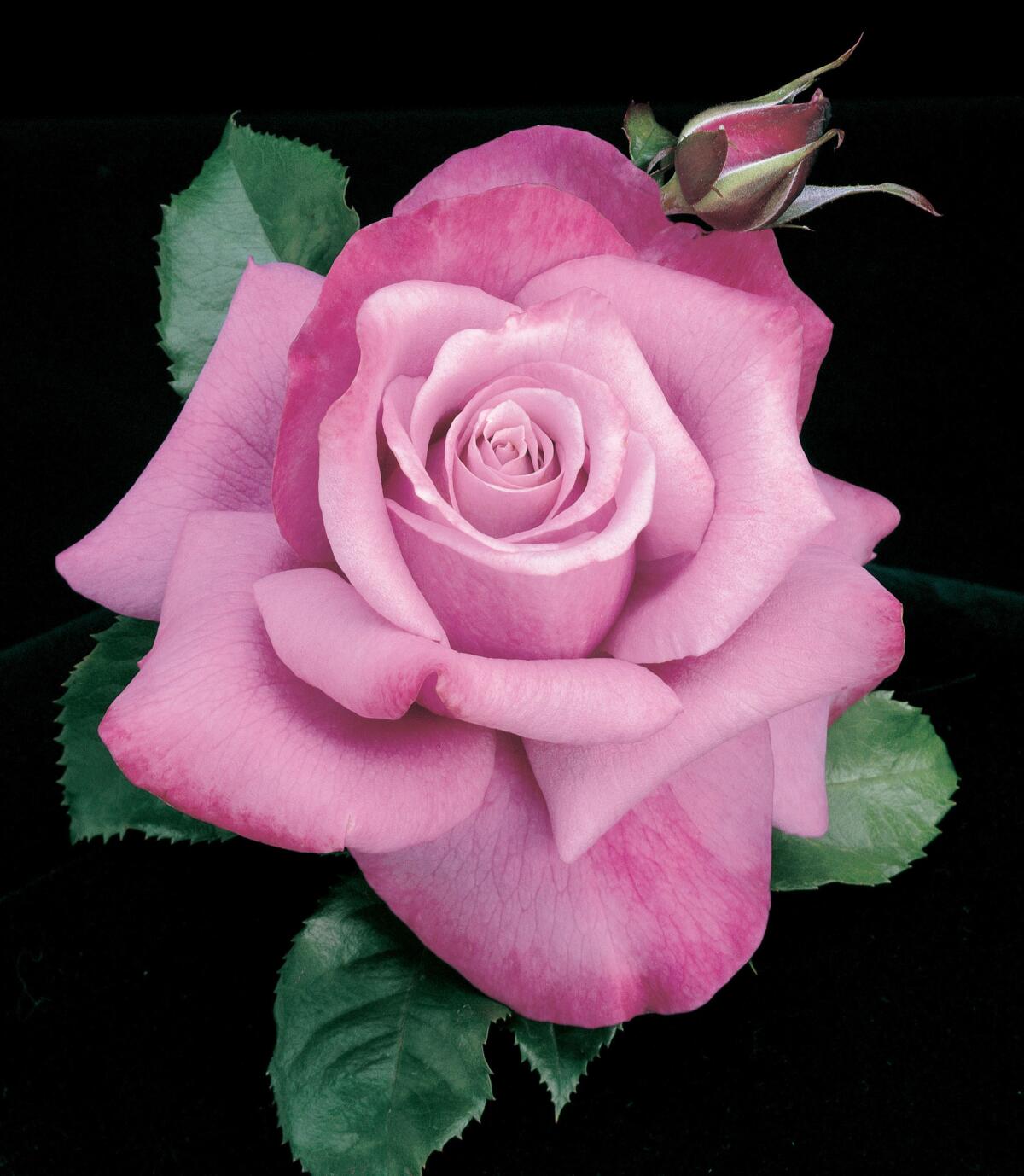

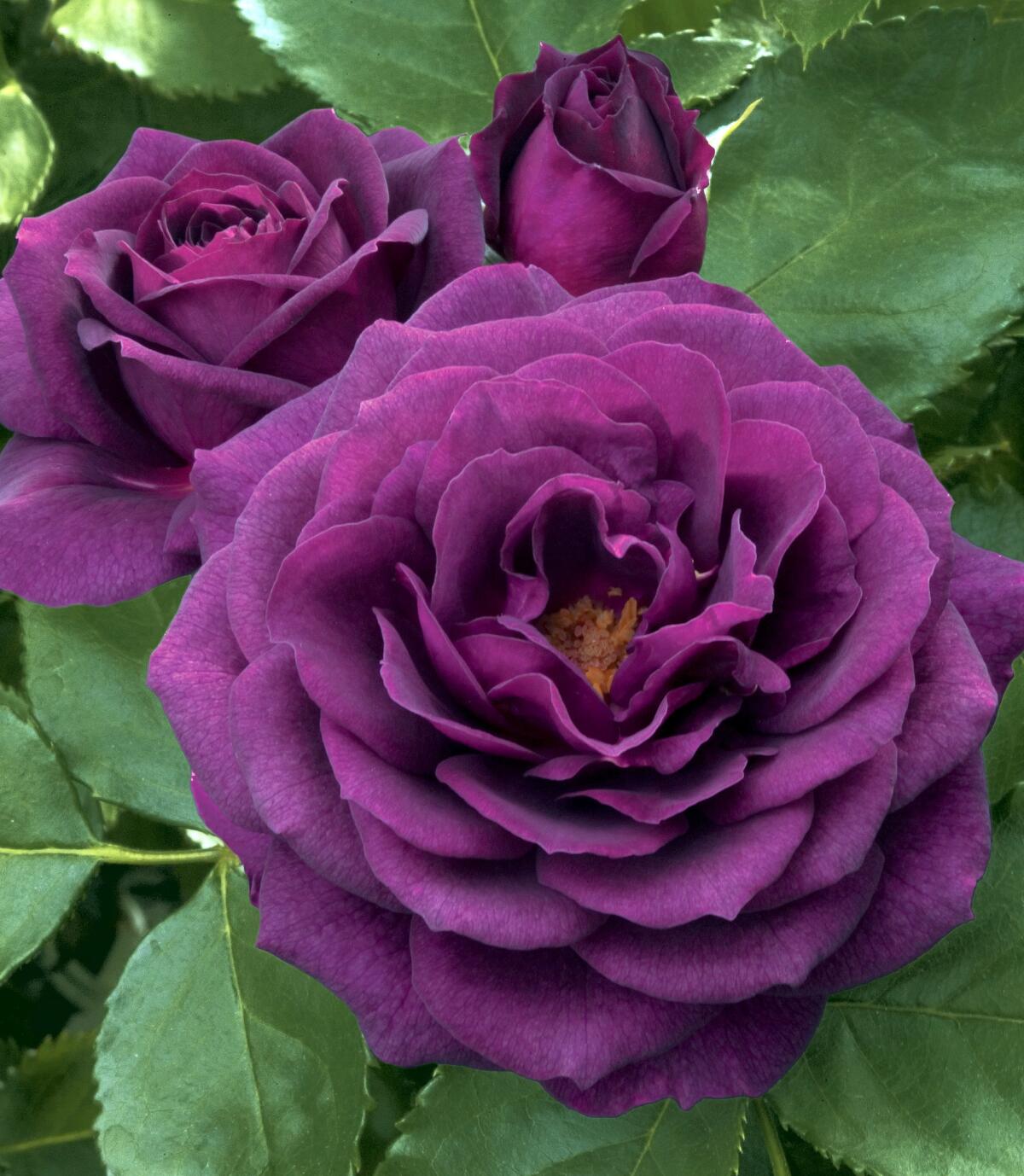
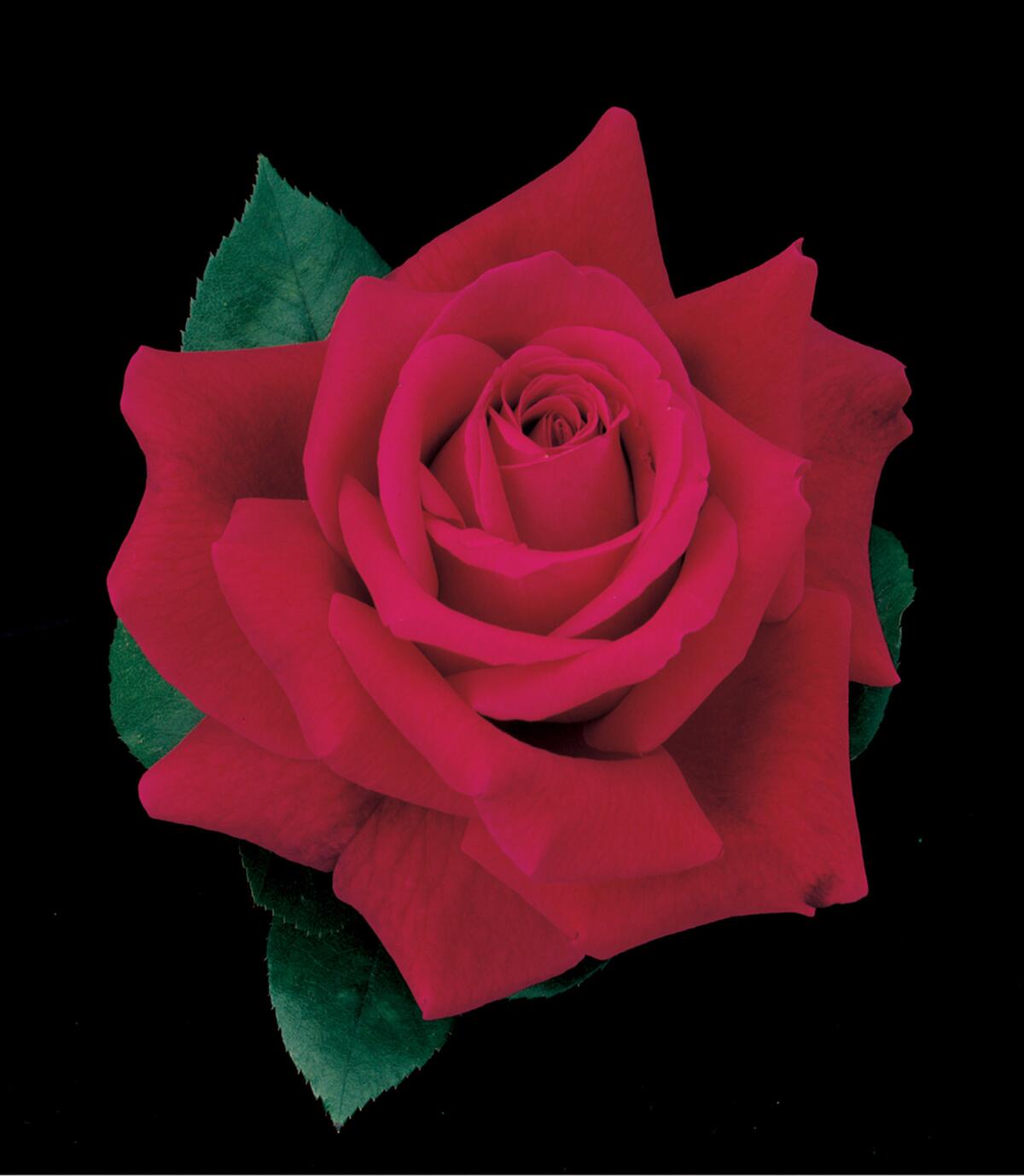
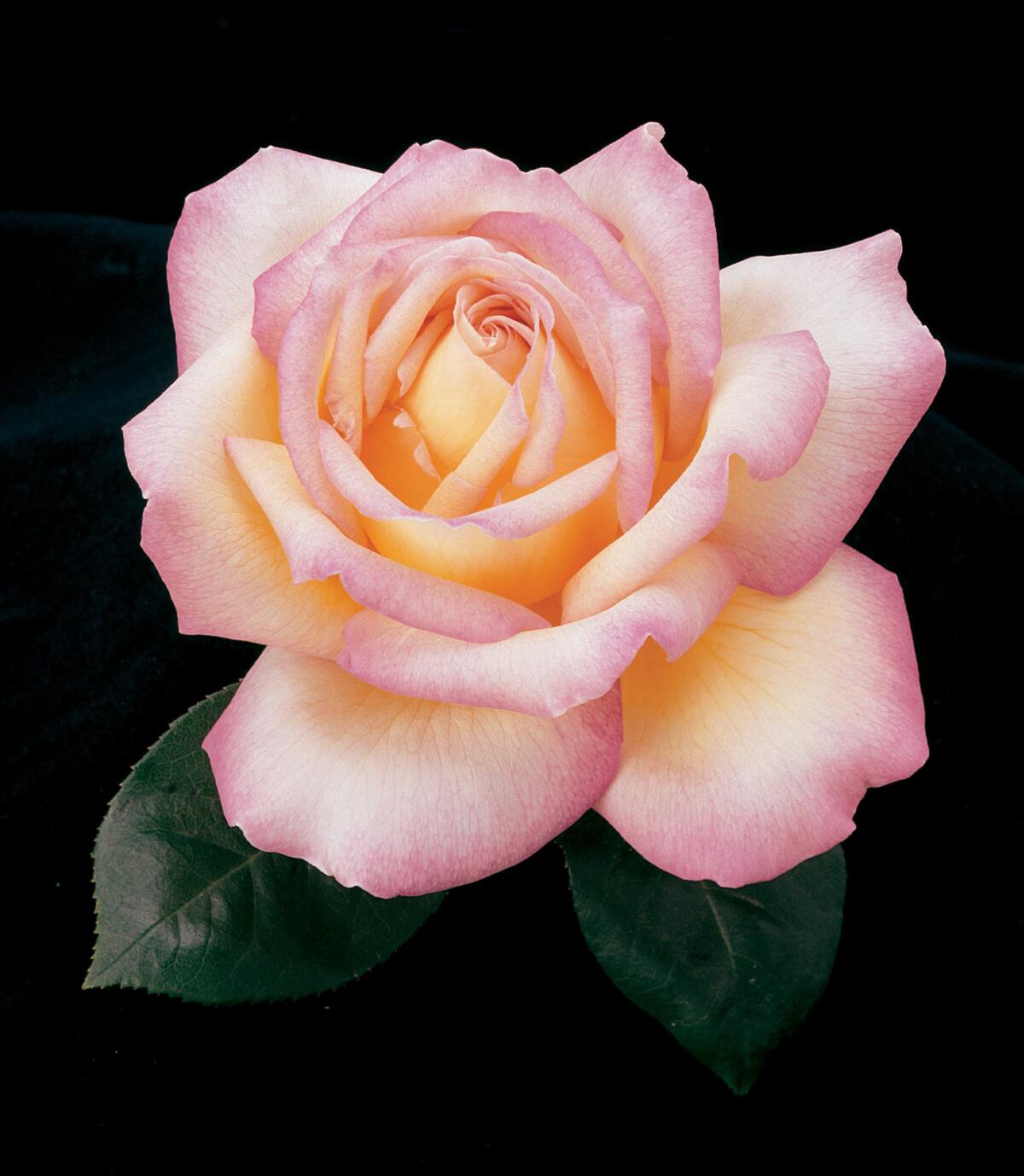
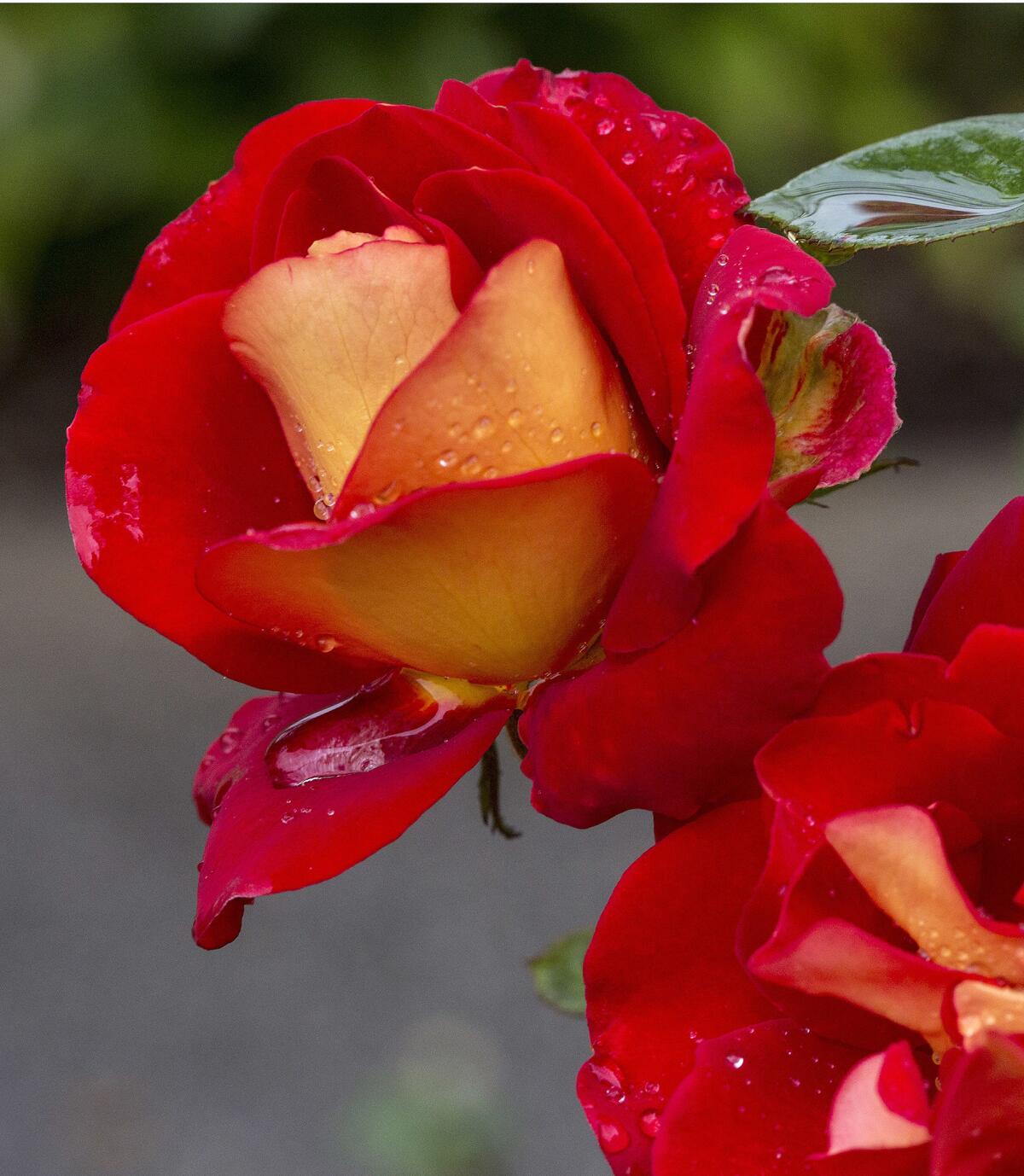
It usually takes nine to 10 painstaking years and at least 100,000 seeds to breed a rose good enough for sale. There’s a lot of wait time involved — and constant monitoring to check the plants for a long list of required qualities — disease resistance, fragrance, vigor and color.
Within a few years just a few of the most promising plants are cloned and moved outdoors. Clones of those survivors are then grown in contract fields around the country, to see how well they do in other regions. By the seventh or eighth year, the company knows which roses will be worthy of sale.
And then it takes about two more years to produce enough plants to be ready for market.
One of Carruth’s earliest successes as a breeder was the creation of ‘Ebb Tide,’ the first truly purple rose. Another is a rose named ‘Betty Boop,’ a flower with a yellow and ivory center and petals thickly edged in red, strangely reminiscent of the cartoon character’s giant naughty eyes.
Carruth also created the long-stemmed deep lavender rose named ‘Barbra Streisand.’ (She took three years to choose the rose that would bear her name, Carruth said, and then bought 200 of the plants for her garden.)
Carruth won’t claim a favorite rose. “It changes all the time,” he said, but in his office there are only three framed photos, one of his husband, Rob, and the other two of roses, a jar filled with a bouquet of his sunny ‘Julia Child’ roses and above it, a vase of ‘Scentimentals,’ a red-and-white striped novelty rose with a spicy, fruity aroma that earned his first All-America award.
His parents are no longer living, but his mom, Carruth said, loved his ‘Betty Boop’ rose. Ultimately, both his parents came to understand and embrace his career choice.
“They were proud,” he said softly. “Very proud.”
Last fall, on the eve of the Huntington’s centennial year, Carruth dressed for the museum’s annual gala in a gray tux, with a pink vest, creamy yellow socks and the beautiful rose in his lapel. He revealed the ‘Huntington’s 100th’ name that night (a copyrighted title purchased with a donor’s $10,000 gift) and that he was the rose’s creator.
He’d started the process, crossing a ‘Julia Child’ with a French climbing rose called ‘Stormy Weather’ in 2009, while he was working as a breeder at Weeks. He had no idea at the time he was creating the rose, known commercially as ‘Life of the Party,’ that would ultimately be chosen to honor the Huntington’s 100th anniversary. The rose wasn’t the climber he had hoped to create, but it had so many other excellent qualities that Christian Bedard, the new head breeder, kept moving it along after Carruth left in 2012.
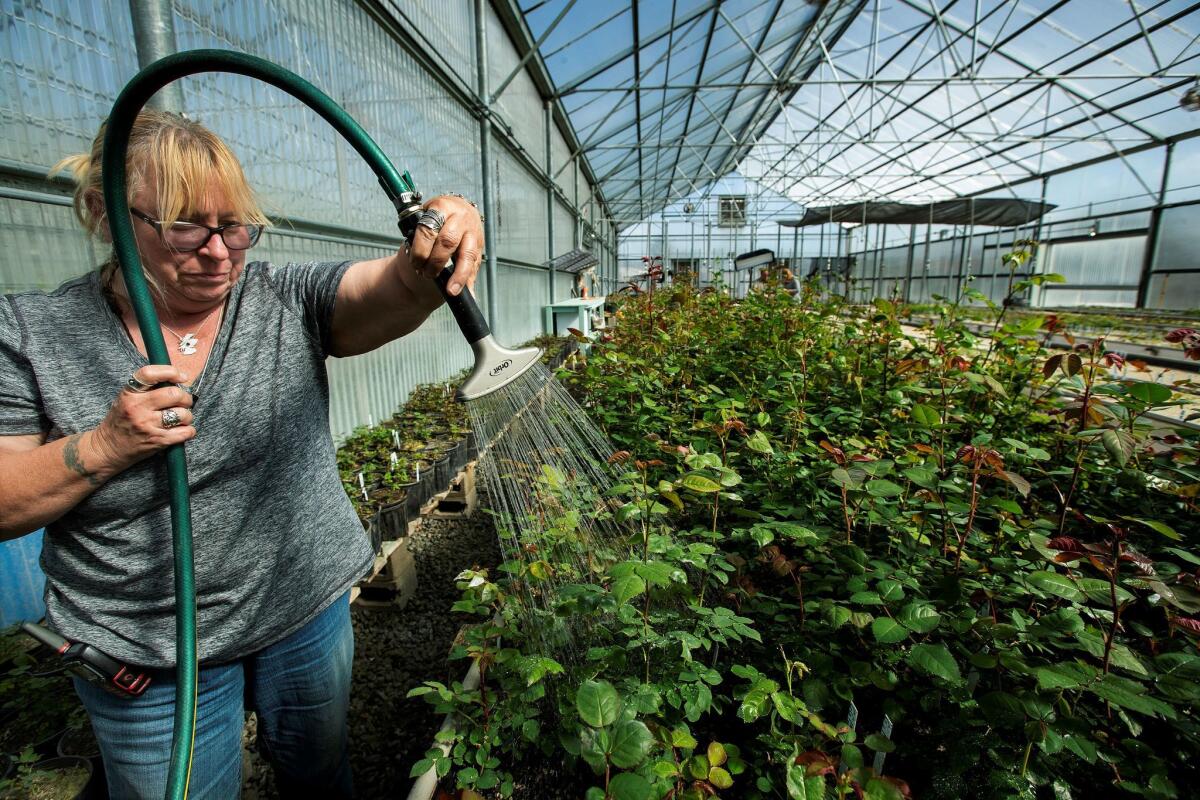
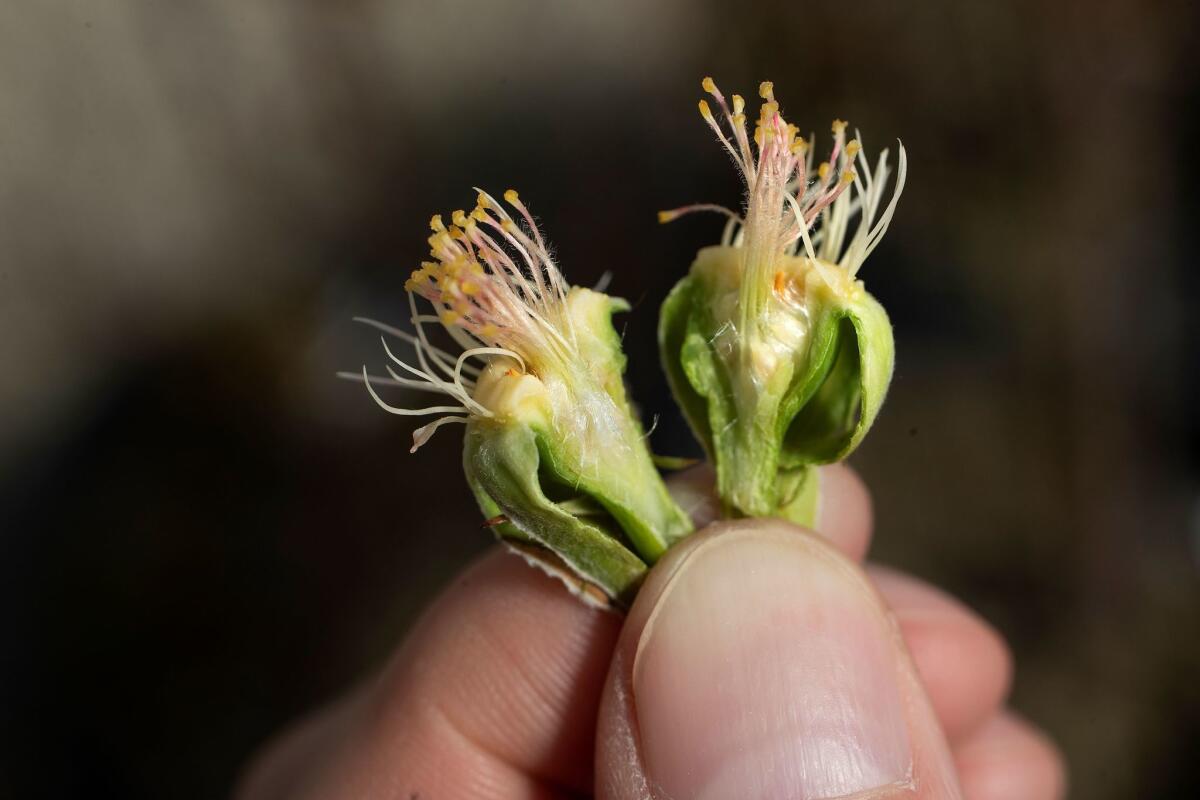
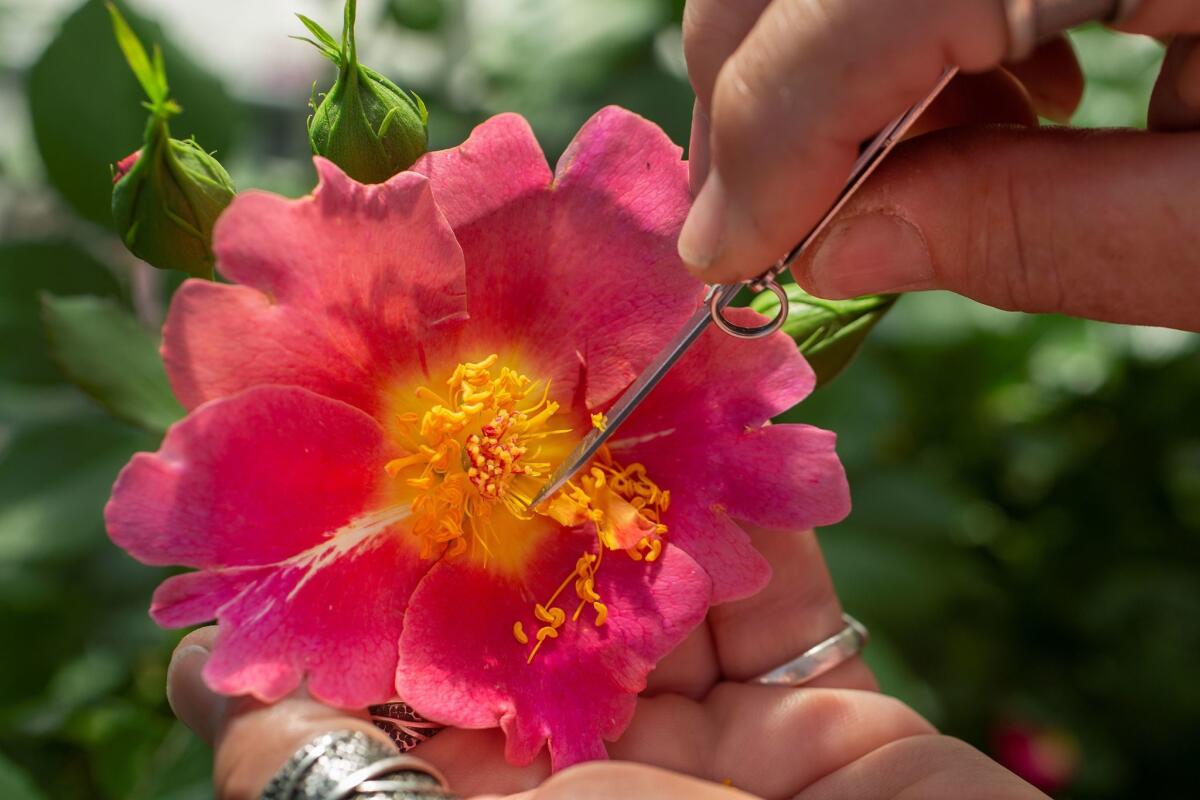
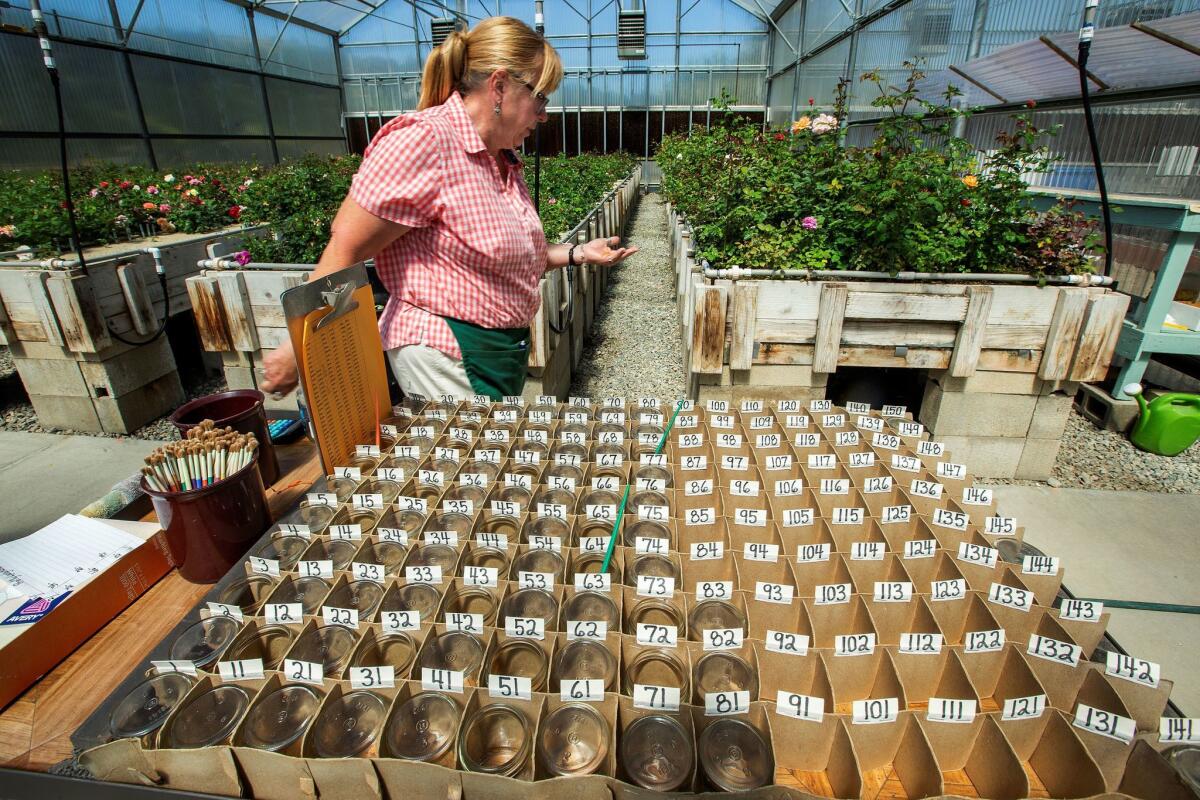
Carruth says his 25 years of breeding roses “was a good run, but I’ve put it behind me.” His focus now is on improving the rose garden at the Huntington.
He is realistic about the decline of home gardening but still hopes that some of the people who tour the Huntington roses will be inspired to start tending their own, that they will come to share his respect — and reverence — for the queen of flowers.
When an excited customer texts him a photo of her blooming ‘Huntington’s 100th’his answer is succinct: “That’s my kid.”
Carruth sounds a little wistful when he talks about ‘Huntington’s 100th.’ He’s satisfied, even happy, but when he started his work on the rose so many years ago, his goal was to create a super colorful, super fragrant climber. “I succeeded on two counts, at least,” he said ruefully, “but it never got the message it was supposed to climb.”
But there may be another triumph in his future. Somewhere in the Huntington’s rose gardens, two more promising seedlings were planted this spring, clones of the last roses Carruth bred before he left Weeks in 2012. They are as yet unnamed and may never be good enough for public introduction, but Carruth is hopeful.
They’ve made the cut so far, he says, with the tiniest of smiles. And this time, they are climbers.
Produced by Jessica Martinez